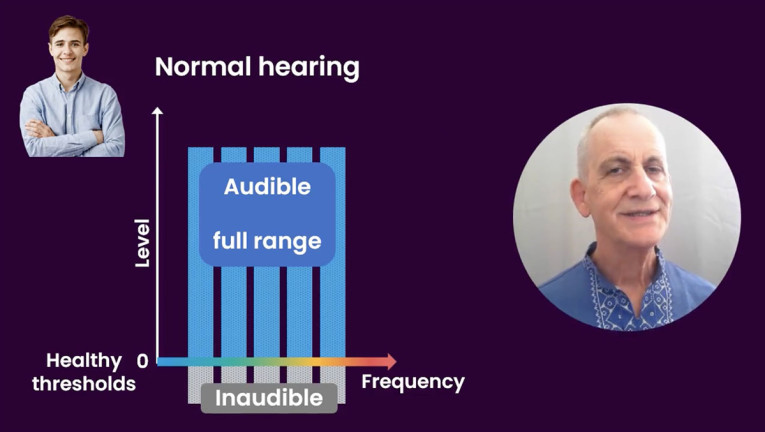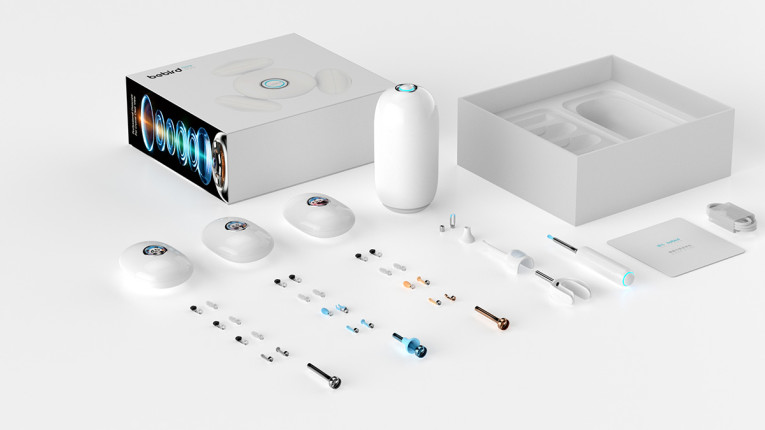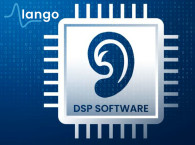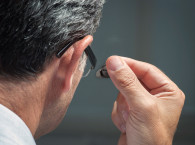From time to time (especially if you do expert witness work in acoustics) your test gear needs to be maintained. Calibrating your measurement mics and sound level meters is best practice, but occasionally we should not just dust off our mics and calibrate them, but first start with our ears! The lesson in this note are best practices in Ear Hygiene for critical listening.
Personalized Ear Detailing
If we have a vehicle we value, at one point we probably had it “detailed,” maybe before we have the car sent over to the shop for service. I have found car mechanics are more meticulous on the vehicles that arrive in immaculate condition. The same thinking applies to golden ears, from product development teams getting the product’s tonal balance DNA sonic signature, as well as chasing down buzzes and resonances. Cleaning out your ears is a sensible procedure before critical listening.
Personalization in headphones and TWS earphones is common these days, and with over-the-counter (OTC) devices reaching the market, the need to profile your hearing is now a requirement for self-fitting any ear assistance to your ear’s idiosyncrasies. Very soon those personal hearing profiles will become commonplace in new-generation earbuds. Apple is leading that trend by introducing accessibility features to compensate for any potential hearing loss in their consumer-level products.
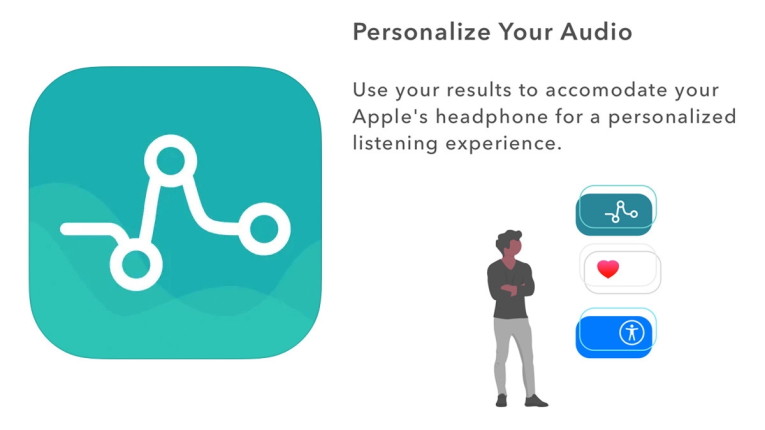
Examples include Apple’s AirPods Pro2, which can generate a thorough self-assessment tailored to the user’s sound profile and will soon add a scientifically validated Hearing Test, and have a clinical-grade, over-the-counter Hearing Aid capability for users with mild-to-moderate hearing loss.
Bose also explored that approach before deciding to leave the OTC approach to Lexie, and there are several products available in the market leveraging Alango’s suite of Hearing Enhancement and Assistive Listening processing solutions.
Alango pioneered this consumerization of Hearing Enhancement and developed a licensable software reference design called Hearing Enhancement Package (HEP). The HEP solution allows Hearing Enhancement and Assistive Listening functionalities to be included in low-cost consumer-grade devices. The Assistive Listening solutions offers the possibility to pair listening devices with a Bluetooth transmitter (e.g., to transmit TV audio to avoid excessively raising the TV volume), to pair a Bluetooth microphone (e.g., for a conference or presentation), or using two paired HEP-enabled devices to be used as Bluetooth intercoms.
Some headphones and earbuds using Qualcomm’s latest SoundDragon platform offer the possibility to run Jacoti’s personalization and hearing test process, which is also available for Apple AirPods and AirPods Pro. Other platforms from Mimi Technologies or Audiodo also offer personalization apps, which can compensate hearing idiosyncrasies, particularly left/right imbalance.
And personalization and hearing profiles are about to move beyond headphones and earbuds and be ported to car audio, with the impending shift to headrest audio promising the possibility for each passenger to listen to load an optimized response. Again, Alango is one of the companies ahead of that trend with its PersonaSound platform, part of the company’s Hearing Enhancement suite of technologies. PersonaSound allows personalization of the whole audio experience according to hearing profile, device properties, and external environment, for any type of listening device and applications.
A Clean Start
The missing step before even considering tailored sound profiles for each ear should start with a clean slate, de-wax, or more precisely, clean out the gunk in your ears!
We've all heard that cotton swabs shouldn't be plunged into anyone’s ears, but so many of us still reach for a Q-tip. Yet these are not good for your ears, and it says so on the box (nudge-nudge-wink... of course Unilever knows you are really buying the Q-tips to clean your ears). Sticking a cotton swab into your ear causes a variety of no-nos, because of potentially pushing the cerumen (wax) along with bacteria and fungi further into your ear canal, which leads to impaction and discomfort.
I would also mention that ear wax is there for a reason — it is slightly acidic, which fights bacteria and fungus in the ear, and oily, which provides a waterproof barrier for the ear canal skin. Further, we humans have natural procedures to keep the wax from building up, from chewing to showering and washing your hair. So sticky ear wax has useful purposes but every once in a while, you need to clean the “fly-paper” in your ear canal.
On my last trip in China the hotel’s bathroom supplies included really poor ear swabs, and I the cotton pad separated and stuck in my ear. Not a fun experience, and clogged ears can cause tinnitus (ringing, buzzing, or swishing). If you have a buildup of earwax, cotton pads stuck in your ear (or bugs catching a nap in your ear canal), then you should see a licensed hearing care professional to have it removed. But now you can also do this at home with an OTC ear hygiene kit.
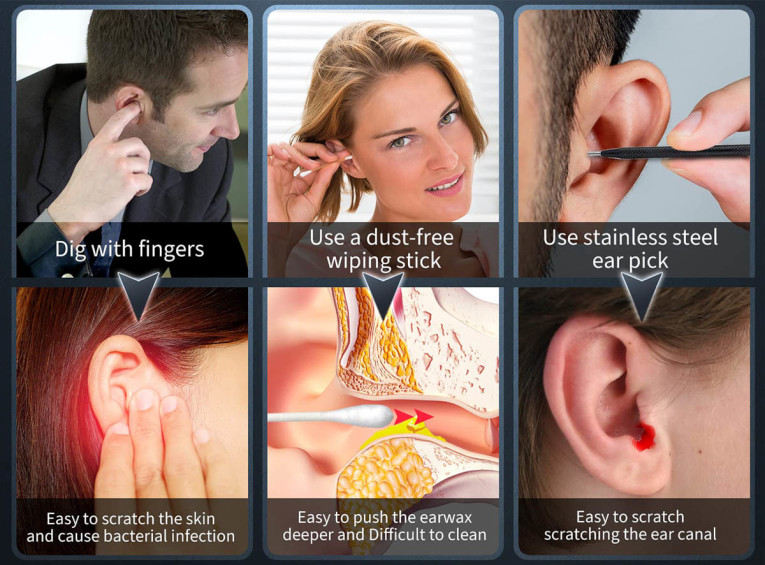
There are several home-care earwax systems out there, with the most basic using hydrogen peroxide and oils with a syringe or bottle nozzle to flush out the ear canal with a cost between $5 to $15. Amazon or any drug store has a dozen brands of this stuff. One issue is the liquid causes earwax to melt, and then residual earwax can re-solidify inside the ear canal like a cement coating against the ear drum.
A bit more sophisticated approach to ear hygiene are Otoscope ear cleaners such as those from Lengin or Bebird with a camera and light on the end and some manual gunk removing tools. You see into your ear canal as you clean it by connecting to your Android and iOS smartphone. Once you’re all set up, you can make home movies starring your ear canal in high-quality 1080p HD visibility in photo or video. This and similar ear camera ear cleaning packages are $50 or less.
Ear, Nose, and Throat (ENT) specialist medical doctors use a magnifying scope (Otoscope) and tiny micro-instruments. The most basic versions can be around $400, while those used for surgical operations can cost 10x that. Recently, Bebird introduced the Home 30S, an OTC (Amazon on sale at $150) ear cleaning system with UV light/camera and ear penetration guard, ear scoops and tweezers, replacement tips for oily earwax scraping and dry earwax sticking. Essentially the capabilities of what might be found in an outpatient clinic at an audiologist’s office.
The Bebird EarVision package includes three kits so it can be used for three family members and provides the tools for precise treatment of ear wax buildup and ear inflammation and infections. Ear drops for swimmers, clogged ears, infected ears, itchy ears, ear pain relief, ear drying, and ear wax softener are all compatible, providing users with a comfortable ear canal examination experience for kids, parents, and even pets. Pets? Yes, if you have a dog that gets into things on hiking trails, the foxtail season can cost you $600 to have a vet pull out the offending plant debris from the pooch’s ear or nose.
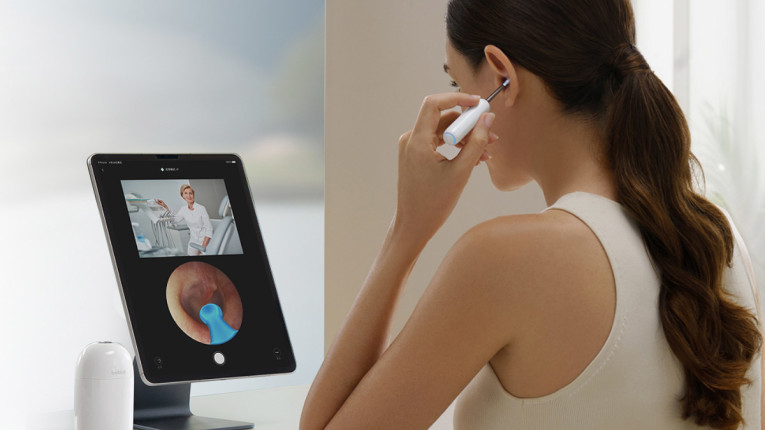
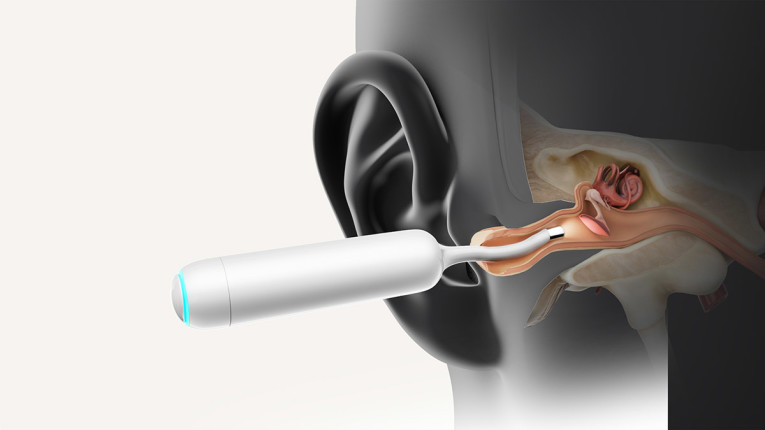
With more sophisticated digging for ear gold, you should enlist digital remote healthcare to connect with medical experts to record a video for your doctor, and or enjoy real-time connectivity through the Bebird app. I used this on a couple of friends and came across some amazing sights – one being a neighbor that was missing her entire eardrum in one ear from an accident 50 years ago(!) but had become used to being deaf in that ear. Today, my neighbor can have an otolaryngologist perform a tympanoplasty operation to replace the entire tympanic membrane and possibly even restore the middle ear’s three tiny bones (hammer, anvil, and stirrup).
Bebird recently also introduced EarVision Complete, a flexible endoscope camera with light, featuring a 10-million-pixel camera and a serpentine bendable lens that features the world’s first flexible otoscope for home use, which comfortably fits into any ear canal. Bebird also promoted the new EarVision Pro at IFA 2024: a 3-Axis Electronic Gyroscope and a 1080P HD camera with LEDs that provide enhanced stability and comprehensive visibility when cleaning ears.
If anyone doubts the concept, products such as the Bebird EarVision Complete and EarVision Pro visual ear care tools are already being endorsed by medical professionals that are frequently faced with the need to inspect the ears of people complaining about problems, which can be quickly verified this way before being sent to a specialist. Before you reach for the Q-tips again, if you have frequent complaints, there is now an advanced OTC alternative to address hearing health. aX
This article was originally published in The Audio Voice newsletter, (#489), October 17, 2024.



